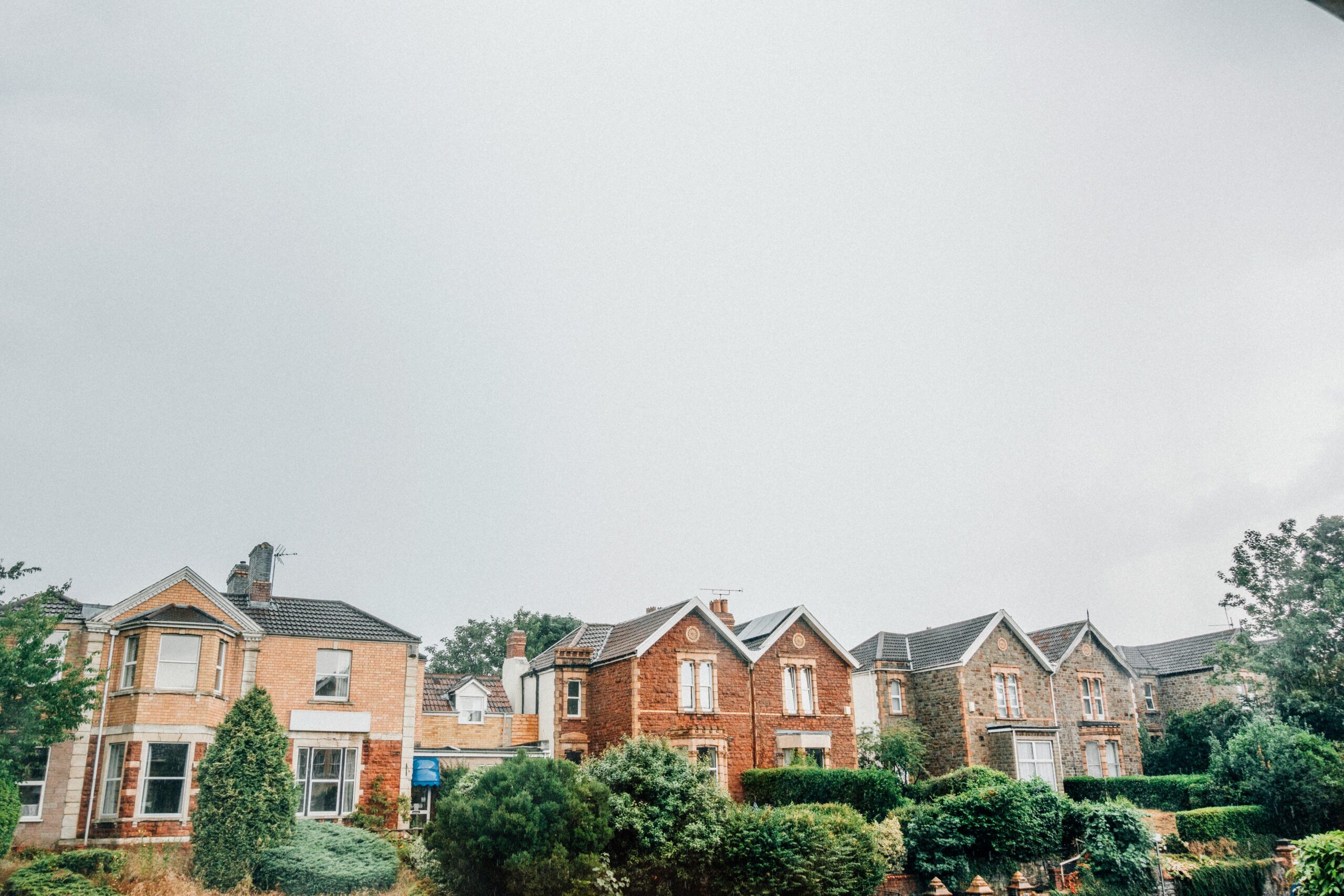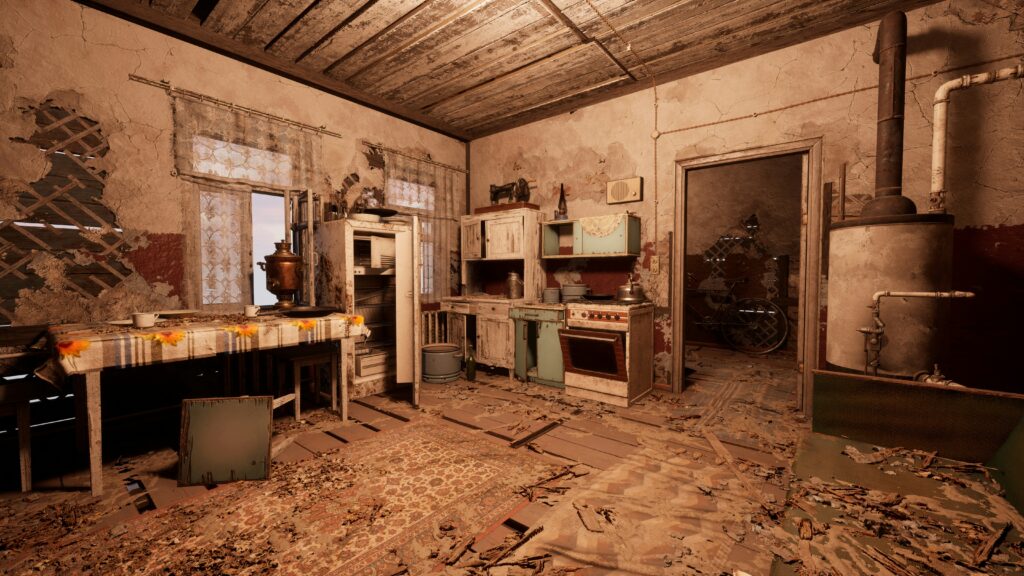
Types of Property Ownership in the UK
Are you on the lookout for your first home? Are you thinking about selling up soon? Maybe you’re considering a buy-to-let investment? Whatever your property situation, the type of ownership really matters. It’s easy to overlook how it can have lasting implications for your finances and lifestyle — but we’re here to make sure that doesn’t happen.
This guide walks you through everything, from freehold to leasehold, and even lesser-known options like commonhold and shared ownership. We’ll explore each ownership type’s unique rules, responsibilities and financial commitments, because knowing the difference can save you a lot of stress (and money!) down the line.
What are the four main types of property ownership in the UK?
The UK recognises four main property ownership types:
- Freehold
- Leasehold
- Commonhold
- Shared ownership
Each has its own characteristics, which affect how much control you have over your property, as well as exactly what you’re financially responsible for.
1. Freehold ownership
Did you know: In England, 81% of properties are freehold.
It’s the most straightforward and desirable form of property ownership. Owning a property freehold means you own both the building and the land it stands on, which gives you total control over your property.
Freehold properties are popular for plenty of reasons. One big plus is that because you have full ownership forever, you don’t have to worry about your lease running out. In theory your property could pass down through generations forever. Also, as there’s no lease, this means there’s no ground rent or service charges to pay. There’s also more freedom because you don’t need to get anyone’s permission to make changes to your property.
However, this freedom does come at a cost: Freehold properties tend to be more expensive upfront because buyers value the simplicity and freedom of freehold. Also, being the sole owner means all maintenance and repairs fall squarely on your shoulders.
2. Leasehold ownership
Did you know: In England, around 19% of properties are leasehold.
Most flats are leasehold, and some houses too. With a leasehold, you own the property for a set number of years (i.e. the lease term), but you don’t own the land it’s built on.
If you’re considering buying a leasehold property the length of the lease term matters a lot. A short lease (80 years or less) can make it much harder to sell the property down the line, or to remortgage. Equally, extending the lease can be complicated and costly. Speaking of costs, leaseholders usually need to budget for ground rent, service charges, and sometimes permission fees for any changes to the property that need approval from others.
On the plus side, they’re often priced a little lower than freehold properties, which means they offer a more affordable way to get on the property ladder in the right circumstances.
3. Commonhold ownership
Commonhold is usually used for flats or properties with shared spaces like hallways or gardens. Instead of a lease, you own your flat outright and share responsibility for communal areas with the other flat owners in the building.
Commonhold can be a fairer way of doing things than leasehold, because your ownership never expires, so you can forget the headaches of renewing, or trying to work with a short lease. You also don’t have to pay the freeholder any ground rent. You and the other owners manage the shared spaces together, which on the upside gives you more control, but on the downside can mean less predictable costs than paying a routine management fee.
If you’ve not heard of this type of ownership before it’s because — despite its many positives, it’s pretty rare in the UK. Reasons for this include reluctance from developers, while some just don’t realise it’s even an option.
4. Shared ownership
With shared ownership, making home ownership more accessible is the name of the game. In a nutshell, you buy a percentage of your home (the norm is anywhere between 25% and 75%), and your local housing association buys the rest. You then pay rent to the housing association on the portion that they own. Over time, you can buy more and more shares, until you own your home outright — this is known as staircasing.
Shared ownership can be a lifeline for first-time buyers who may not be able to afford to buy a property outright, but it’s not the simplest ownership type, as selling can be complicated due to the dual ownership situation, and restrictions imposed by the housing association. Also, it’s worth keeping in mind that even if you own only 25% of your home, you’re responsible for 100% of the maintenance costs.
So, as you can see, deciding which types of ownership in property may work for you depends on your priorities. You’re often balancing things like affordability, control, resale value, financial commitments, and balancing upfront costs versus ongoing costs.
Knowing what’s most important to you is crucial — but what about common pitfalls to avoid?
Common mistakes buyers make with property ownership types
Even if you’re an experienced buyer, it’s easy to get tripped up by confusion about property types.
Here are the four most common mistakes we’ve seen during our many years in the property business:
- Ignoring the length of a lease. A short lease can cause a property’s value to plunge, making it much harder to sell at a later date.
- Underestimating routine management costs: Every property comes with ongoing costs, but with leasehold and shared ownership, it’s way too easy to overlook things like ground rent, service charges or rent payments.
- Not getting professional guidance: For most people, buying property is the biggest investment you’ll ever make. So, mistakes like failing to consult a solicitor or property expert can be expensive.
- Assuming a flat is leasehold: Yes, it’s true that most flats in England and Wales are leasehold. But some developers are now adopting the commonhold system, so always double-check.
Buy-to-let and property ownership
Thinking about property ownership types is important not just for homeowners but landlords too. Your choice of ownership type can influence your rental income — and your responsibilities.
With leasehold flats, you’ll need to ensure you budget for the service charges and ground rent. Also, bear in mind that restrictions may limit how you can renovate, modify or use the property.
Commonhold flats are a little simpler as you have more control, but you’ll still need to budget for contributions to any maintenance of the common spaces, such as hallways and gardens.
With freehold properties (i.e. most houses), you get more control, but maintenance costs are fully yours too.
Keeping the above in mind can help you to make the right buy-to-let investments for you, so you can make a healthy return.
Final thoughts
Each property ownership type has its own advantages, disadvantages and costs. Therefore, making the right choice for you is crucial. It’s something you’ll have to live with for several years — maybe even a lifetime.
This guide leaves you better prepared to navigate the UK property market with confidence. But what about if you’re planning on selling an existing property to finance your next purchase? In that case, the right selling option can optimise your position.
This is why companies like Sell House Fast exist. We buy any house, regardless of condition, location or type. With our streamlined process, we buy your house for cash, often in a matter of days. As cash home buyers, you have no worries that the chain will break and no concerns that some hidden fees will see you lose more of the cash you are offered.
Curious about how much you’d get? You can contact our team today for a no-obligation free cash offer.


